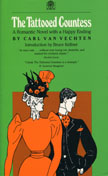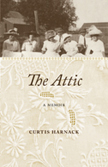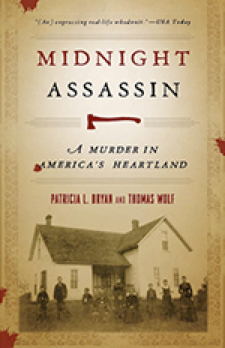The Tattooed Countess
A Lady with a Past. A sensitive but immensely practical boy. A staid Midwestern town at the turn of the century. Carl Van Vechten's The Tattooed Countess hit Midwestern society where it hurt most—in its respectable foundations—when it appeared in 1924.
The Countess Nattatorrini, née Ella Poore, has returned home to Iowa after twenty tempestuous years on the Continent. Time has stood still in Maple Valley—a Cedar Rapids look-alike whose residents are seen as little more than animated rocking chairs who chew gum, gossip on their front porches, enjoy euchre parties and buckwheat griddle cakes, and brag endlessly of the new waterworks.
Into this complacent town bursts the Countess, a full-blown, impulsive widow who dares to dye her hair, smokes cigarettes in public, wears her gowns cut low and her jewels in layers, and admits that after her lips are made up she can say things she could never have said before. Needless to say, the good folks of Maple Valley are awestruck—but not struck silent—by this exotic vision.
Just as the Countess finds herself bored beyond endurance, she meets the one boy in Maple Valley who deserves a good education.
Van Vechten's novel is clever, caustic, but loving in its portrait of the Iowa of the 1890s. Truthfully subtitled "a romantic novel with a happy ending," it should be hugely enjoyed by today's Iowans and their neighbors.






